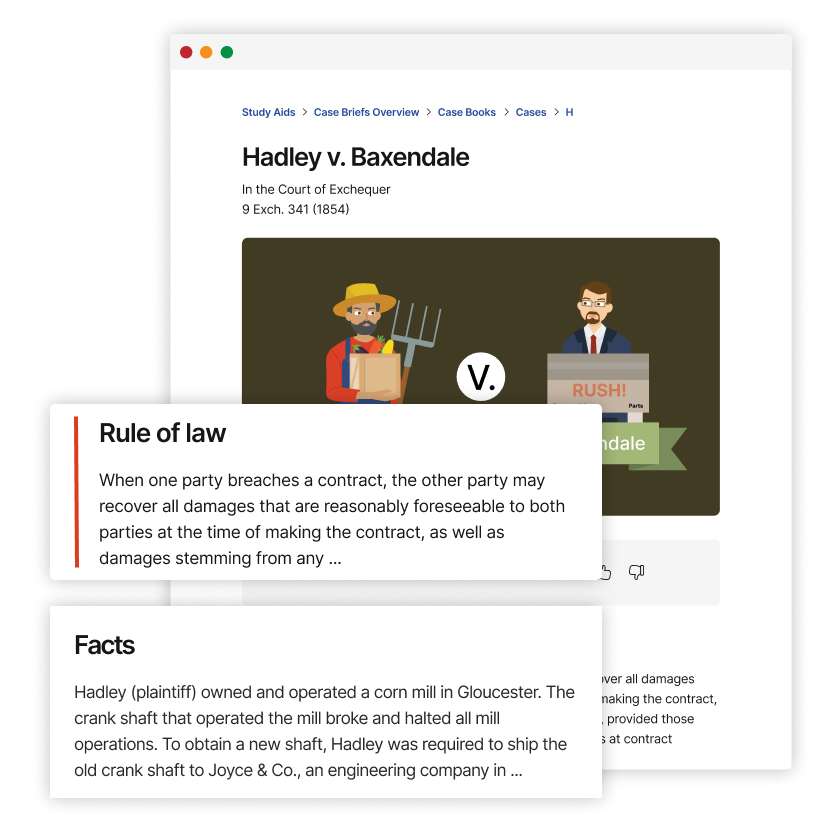Virginia Eleanor Humbrecht Kline, et al. v. Green Mount Cemetery, et al.
Maryland Court of Special Appeals
677 A.2d 623 (1996)

- Written by Kelli Lanski, JD
Facts
In 1865, John Wilkes Booth shot and killed President Abraham Lincoln while Lincoln was attending a play. Booth evaded capture for approximately two weeks until he was shot and killed by authorities. Booth was not married and did not have children. Booth’s mother had him buried in the family plot at Green Mount Cemetery (Green) (defendant) in Baltimore, Maryland. The body remained undisturbed there for 127 years until Virginia Eleanor Humbrecht Kline, Nathaniel Orlowek, Ben Chitty, and Lois Rathbun (the researchers) (plaintiffs) filed a petition to have Booth’s remains exhumed and examined. Kline and Rathbun claimed to be distant relatives of Booth. Orlowek and Chitty were amateur historians who had spent significant time investigating Booth and the circumstances of his death. All four believed based on their research that the body buried in Green was not Booth, that Booth had escaped capture and lived until the 1900s, and that the United States government covered up his escape by burying another body in Green. The researchers did not present concrete or credible evidence of their claims. They wanted to have the body exhumed to try to determine whether it was Booth. Green sought to intervene, pointing to the charter incorporating Green, which provided that Green and its staff would assure family members of those buried there perpetual protection of the remains and preservation of the burial grounds as a basis for standing. The judge granted Green’s request to intervene and, after a four-day trial, denied the exhumation petition. The researchers appealed, arguing that the trial court erred by holding that Green had legal standing to prevent the disinterment.
Rule of Law
Issue
Holding and Reasoning (Wilner, C.J.)
What to do next…
Here's why 899,000 law students have relied on our case briefs:
- Written by law professors and practitioners, not other law students. 47,000 briefs, keyed to 994 casebooks. Top-notch customer support.
- The right amount of information, includes the facts, issues, rule of law, holding and reasoning, and any concurrences and dissents.
- Access in your classes, works on your mobile and tablet. Massive library of related video lessons and high quality multiple-choice questions.
- Easy to use, uniform format for every case brief. Written in plain English, not in legalese. Our briefs summarize and simplify; they don’t just repeat the court’s language.




